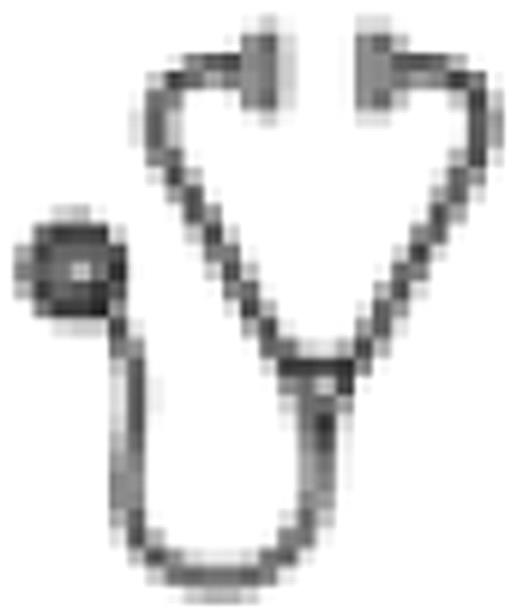Abstract
Heparin-induced thrombocytopenia (HIT) is characterized by the development of platelet-activating antibodies in response to heparin exposure, resulting in thrombocytopenia and a paradoxical risk for thrombotic complications. The diagnosis of HIT rests on clinical findings with supporting laboratory evaluation. The major features of HIT (thrombocytopenia and thrombosis after heparin exposure) are often seen in critically-ill children, but this is usually due to causes other than HIT. Clinical scoring systems (such as the 4T scoring system) to assess the pre-test probability of HIT are used widely in adults, but have yet to be fully validated in children. However, without prompt diagnosis and discontinuation of heparin, HIT can result in life and limb threatening thrombosis; on the other hand, overdiagnosis of HIT can lead to unnecessary exposure to alternative anticoagulants. Tests for HIT antibodies include ELISA immunoassays (EIA) for anti-PF4/heparin antibodies, which are widely available. The ELISA has high sensitivity but poor specificity with a high false positive rate. Functional tests, such as the 14C serotonin release assay (SRA), have high sensitivity and specificity, but are not routinely performed at most hospitals. In adults, higher antibody titers by ELISA are associated with SRA positivity and clinical manifestations of HIT. While the predictive value of these laboratory tests have been studied extensively for the diagnosis of HIT in adults, relatively little is known about their performance in the evaluation of pediatric patients. The aim of this study is to assess the utility of the ELISA and SRA tests, and clinical scoring systems to diagnosis HIT pediatric patients. Methods/Results: We identified 194 patients < 22 years of age who were referred for HIT testing between March 2001 and February 2010 at Johns Hopkins Hospital. 263 samples were evaluated by ELISA and/or SRA. ELISA was performed on 221 samples. Using the adult cut off value of 0.4 OD, 197 were negative, and 25 were positive (11%). SRA was performed on 39 samples and 3 were positive (8%). We found that positive SRA assays were found only in patients with ELISA OD values > 1.0. Two out of these three patients with SRA positivity had clinical HIT as diagnosed by treating physicians. The 4T Score (Warkentin, Br J Haem, 2003) and the HIT Expert Probability (Cuker, J Thromb Haemost, 2010) are pre-test scoring models that stratifies patients to high, intermediate, and low probability of HIT but have not been evaluated in pediatrics. A retrospective evaluation of utility of these scoring systems is currently underway. Conclusion: The utility of HIT antibody testing has not been formally evaluated in children. Only a subset of patients with positive ELISA tests will show SRA positivity. Higher titers of anti-PF4/heparin antibodies are associated with SRA positivity in pediatric patients, similar to adults. Further studies to validate predictive scoring systems in pediatic patients for the diagnosis of HIT is warranted.
Streiff:BristolMyers Squibb: Research Funding; sanofi-aventis: Consultancy; Daiichi-Sankyo: Consultancy; Eisai:; sanofi-aventis: Honoraria.

This icon denotes a clinically relevant abstract
Author notes
Asterisk with author names denotes non-ASH members.

This feature is available to Subscribers Only
Sign In or Create an Account Close Modal